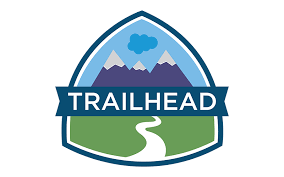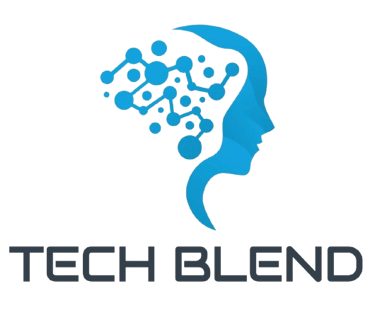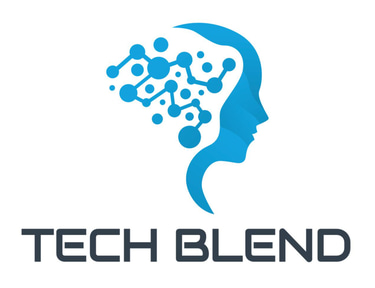Discover Salesforce Data Cloud Fundamentals - SDC101
Explore the basics of how to act on your customer data across Salesforce applications using Data Cloud.
In this 3-day instructor-led course, learn how to ingest and harmonize data that maps to the Customer 360 Data Model, and configure unified profiles with identity resolution rulesets, match rules, and reconciliation rules. Implement calculated and streaming insights, alongside data segments and data actions, in order to help create real-time, personalized data-driven experiences that power customer success and engagement through targeted automations and integrations.
Overview
Who should take this course?
This course is designed for administrators and business analysts who are responsible for assisting in Salesforce Data Cloud implementations. This is also a great foundational course for anyone interested in earning their Data Cloud Consultant credential.
When you complete this course, you will be able to:
• Explain core capabilities and benefits of using Salesforce Data Cloud.
• Navigate key Data Cloud features and functionality.
• Differentiate between data model types based on various techniques, including normalized and denormalized data structures, and data modeling objects, fields, and relationships, including Primary and Foreign keys.
• Utilize Data Dictionary to log data and prepare it for ingestion.
• Connect and ingest data into Data Cloud.
• Harmonize data by mapping to the Customer 360 Data Model.
• Link multiple sources of data into a unified profile by configuring identity resolution rulesets, match rules, and reconciliation rules.
• Generate real-time, comprehensive data-driven insights using calculated and streaming insights.
• Create data segments and data actions in Data Cloud in order to target specific audiences.
Prework
Prepare for the course with this Trail mix.
Discover Salesforce Data Cloud Fundamentals (SDC101) Prework
Ensure you get the most out of SDC101 and complete this trail mix to prepare for the class!
Lessons and Topics
Introduction to Salesforce Data Cloud
• Define Salesforce Data Cloud
• Explore Core Capabilities and Benefits
• Navigate Key Features and Functionality
• Examine Data Cloud Use Cases
• Review Provisioning and Configuration Options
• Identify Roles and Permissions
Data Modeling Overview
• Define Key Data Modeling Terminology
• Identify Data Modeling Objects, Fields, and Relationships
• Compare Normalized and De-normalized Data Structures
• Define Primary and Foreign Keys
Data Preparation
• Review Data Usage Ethics
• Identify Data Sources
• Log Data Using a Data Dictionary
Data Modeling with Salesforce Data Cloud
• Examine the Salesforce Customer 360 Data Model
• Compare Data Model Types Used in Data Cloud
• Define Data Cloud Object Categorization
• Identify Functionality of Primary and Foreign Keys in Data Cloud
Data Ingestion
• Define the Data Ingestion Process
• Examine Data Space Use Cases
• Identify Data Cloud Connectors and Data Sources
• Explore Data Ingestion Features in Data Cloud
• Define Batch and Streaming Data Transforms
Data Harmonization
• Define Key Data Harmonization Concepts
• Understand the Value of Data Harmonization
• Explore Data Cloud Mapping Capabilities
Unified Profiles
• Define Identity Resolution
• Review the Profile Unification Process
• Identify Key Differences Between a Unified Profile and Golden Record
• Configure Identity Resolution Rulesets, Match Rules, and Reconciliation Rules
• Inspect Identity Resolution Results
Data-Driven Insights
• Define Calculated Insights
• Define Streaming Insights
• Identify Key Differences Between Calculated and Streaming Insights
• Review Options for Building Insights
• Examine Formula, Calculated Insight, Streaming Insight, and Segment Operator Use Cases
Data Segmentation and Data Actions
• Define Key Data Segmentation Terminology
• Create Data Segments in Data Cloud
• Implement Calculated Insights and Suggested Values in Segmentation
• Publish Data Segments Using Activations
• Trigger Targeted Automations and Integrations Using Data Actions


Contact us
Whether you have a request, a query, or want to work with us, use the form below to get in touch with our team.


Our Locations
Ireland Office:Unit 3D NorthPoint House, NorthPoint Business Park, New Mallow Road, Cork, T23 AT2P
UK Office: The Mille , 1000 Great West Road , Brentford , London , TW8 9DW
Hours
Monday- Friday 9:00-18:00
Saturday-Sunday Closed
Contacts
+44 (0)3337722566 , +44 7934492837
info@techblend.live


Techblend LTD All rights reserved @copyright2024
